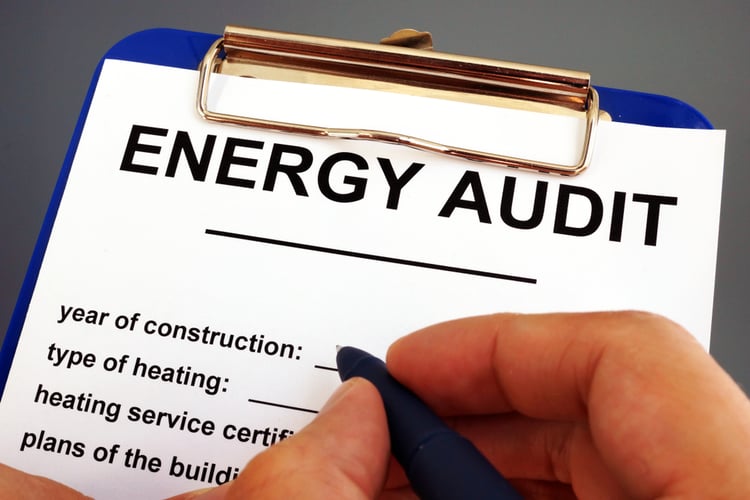A deep modernization has the potential to reduce a building's energy consumption by more than 50%, which leads to a similar reduction in its carbon footprint. However, building renovations can be very expensive and the Rocky Mountain Institute found that costs can range from $25 to $150 per square foot. Based on this cost range, the owner of a 500,000-sq.-ft. construction can expect a capital expenditure of $12.5 to $75 million.
Meet building emission limits set out in Local Law 97 with a deep energy upgrade.
If you're planning a deep energy upgrade in New York as a way to comply with Local Law 97, the upfront costs can seem overwhelming. However, it is possible to reduce direct costs to zero with the following strategy:
- Get a professional energy audit, identify building improvements that will achieve the greatest energy savings and emissions reductions.
- After the energy audit, obtain a professional engineering design to optimize the cost of your retrofit project while getting quick approval from the NYC Department of Buildings.
- You can reduce upfront costs with financial incentives like grants and discounts, and NY engineers can help you qualify for these benefits.
- Use a low-interest loan to supplement incentives and pay off the loan over time with your savings. For example, C-PACE loans can spread your investment over a repayment period of up to 30 years.
With this approach you can achieve a large reduction in your energy bills, while meeting the emission limits established in LL97/2019. You can also achieve an “A” energy class, making your building much more attractive to potential tenants.
1) Get a professional energy audit and design

Equipment suppliers frequently advertise the typical savings achieved by their products, and this often guides purchasing decisions. However, the actual results in your building may be very different. Another common approach is to estimate energy savings with “rules of thumb”, but this often leads to inaccurate results. If you want a reliable calculation of the energy savings achieved after a building modernization, the best recommendation is to obtain a professional energy audit.
Energy consultants can perform a professional assessment of your building systems, identifying the best opportunities to save energy. This helps you prioritize your investment by focusing on the measures that deliver the greatest savings per dollar spent.
- For example, an LED lighting retrofit can achieve big savings in a building with old fluorescent lighting.
- On the other hand, the savings are much smaller when replacing LEDs from a few years ago with newer LED products that only improve efficiency by a small percentage.
Generally, the lowest cost energy efficiency measures are those related to lighting systems, automatic controls, ventilation and sockets. Heating and air conditioning upgrades carry higher costs, and building envelope upgrades tend to be the most expensive.
Once you know the ideal combination of energy efficiency measures for your building upgrade, the next step is to get a professional design. Ideally, the design should optimize equipment choices and building system layouts to reduce installation costs. Complying with local building codes and getting quick approval from the local building department is also very important.
2) Reducing building modernization costs with incentives

There are many energy incentive programs in the US and they vary depending on the state and utility company. Incentives can take many forms, such as cash rebates, renewable energy credits, tax credits and tax exemptions. In the case of New York, two of the best-known examples are the Con Edison Incentive Program and the New York State Energy Research and Development Authority's NY-Sun Program .
3) Using low-interest loans to supplement incentive programs
The cost of a deep energy upgrade can be greatly reduced if you qualify for several incentives. However, there are only a few cases where incentives alone are sufficient to cover the entire project budget. For most building owners, there will still be an upfront cost after subtracting benefits like rebates and tax credits.
Because of their environmental benefit, building renovations can qualify for C-PACE Loans and other low-interest financing options. This means the initial cost can be reduced to zero and you can start saving on energy and gas bills as soon as the project is complete. In the case of New York, a building renovation can also help you avoid issuance penalties under the 2019 LL97. All of these savings can be used to pay off the loan over time, meaning your building renovation covers its own costs.

